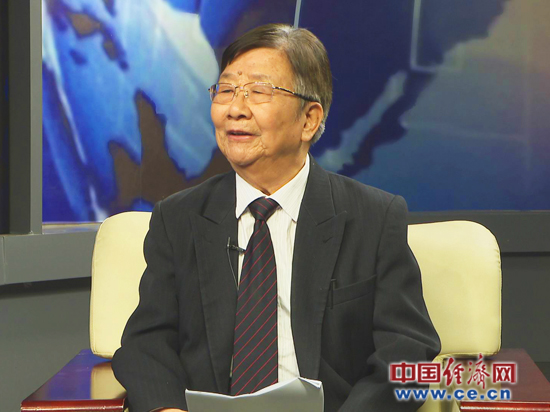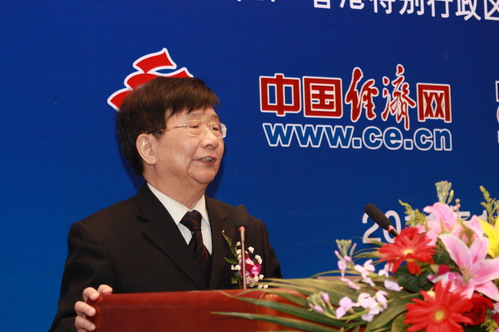个人简介
陈锡康,男,1936年1月16日出生,正高级,首届中国科学院杰出科技成就奖获得者,首届复旦管理学杰出贡献奖获得者,国际投入产出学会会士IIOA Fellow,中国投入产出学会名誉理事长,中国投入产出技术早期开拓者之一,完成著作25部,国内外发表论文230篇。
陈锡康研究员1936年1月16日生于浙江镇海,中国共产党员。自幼成绩优异,致力于科学报国。
1957年毕业于中国人民大学统计系工业统计专业,在钱学森先生的建议下,陈锡康等被吸收到力学所运筹学研究室(以后并到数学研究所),从事运筹学的研究工作。
1965年根据中苏科学技术合作协定,他被派往原苏联列宁格勒大学经济系,成为经济数学方法专业的研究生。在学习期间,他就深感要根据中国国情研究新的系统科学和经济管理方法的重要性,从此醉心于此领域研究的50余年。
陈锡康研究员既在系统科学与管理科学理论方法上实现了重大突破创新,又面向国家重大战略需求,为我国的社会经济发展不断建言献策。他所提出的科学建议受到国家多位中央领导人的批示和好评近百次。年逾80高龄的他,依然辛勤工作在科研第一线。
在育人方面,陈锡康研究员悉心培养研究生,积极提携青年科研人员。他有宽广的国际视野,推动团队和在学生培养方面进行国际合作。作为会议的倡导者和组织者,推动召开系列中荷、中美国际投入产出研讨会,产生了广泛的国际影响,对推进中国投入产出学会的国际化,帮助学生和青年学者建立国际合作网络等做出了重要贡献。他已培养硕士/博士研究生40余人,他指导的很多学生已经成为各单位的骨干,有的已成长为研究院或学院的院长、院长助理,有的学生获得“中国青年科技奖”、“国家杰出青年科学基金”,多人被评为教授、博士生导师,成为有关领域学术带头人。
主要教育背景
1953.9—1957.8 中国人民大学 工业统计(学士)
1965.4—1967.1 前苏联列宁格勒大学 经济数学方法(研究生)
主要工作经历
1957.8—1998.12 中国科学院系统科学所 研究实习员、研究员
1984.4—1984.7 美国斯坦福大学 访问教授
1998.12—至今 中国科学院数学与系统科学研究院 研究员
历年获得的主要奖项
1.首届中国科学院杰出科学技术成就奖一等奖(个人奖)(2003-排名第1)
2.首届复旦管理学杰出贡献奖一等奖(2006-排名第1)
3.国际运筹学进展奖一等奖(1999-排名第1)
4.北京市科技进步奖一等奖(2007-排名第1)
5.第13届孙冶方经济科学奖(2009-排名第2)
6.第2届张培刚发展经济学优秀成果奖(2009-排名第2)
7.大禹水利科学技术奖一等奖(2009-排名第2)
8.中国科学院科学技术进步奖一等奖(1992-排名第l)
9.中国科学院科学技术进步奖一等奖(1997-排名第4)
10.中国科学院科技成果二等奖(1982-排名第l)
11.国家科学技术进步二等奖:水利与国民经济耦合系统的模拟调控技术及应用(2011-排名第4)
12.国家科学技术进步三等奖(1996-排名第l)
13.国家科学技术进步三等奖(1998-排名第4)
14.国家科学技术进步三等奖(1987-排名第l)
15.系统科学与系统工程应用贡献奖(2014-排名第l)
16.国务院农村发展研究中心:农村经济社会发展优秀成果二等奖(1986-排名第l)(部级科学技术进步奖)
17.国务院农村发展研究中心:农村经济社会发展优秀成果二等奖(1990-排名第2)(部级科学技术进步奖)
18.中科院科技促进发展奖(2015-排名第l)
19.中央国家机关五一劳动奖章(2004)
研究方向与主要学术成果
1. 在国际上提出和创立了投入占用产出技术
2. 全国粮食产量预测研究
3. 提出反映加工贸易的非竞争型投入产出模型(DPN模型)及以“贸易增加值”度量进出口规模和美中贸易逆差等
学术论文
-
Extending the Input-output Model with Assets
In this paper, the input–output model is extended with assets. It allows us to examine the various assets that are held and used in production. The requirements of assets that must be held by each sector can thus be specified. Extending the input–output model with assets provides a better alternative to the capital stock matrix in the standard Systems of National Accounts. The input–output model is extended by taking the depreciation of fixed assets into full account. This extension allows for the calculation of total holding coefficients that express the amount of assets that are required to be held in each sector in order to satisfy a unit of final demand. In addition, a dynamic version of the extended model is presented. The extended input–output model has been widely applied in China for various purposes.
-
Input-Occupancy-Output Analyses and Its Application in China
The input-output analysis developed by American economist Wassily Leontief has found wide applications all over the world. In current inputoutput tables, the term input means the consumption of various essential factors in economic activities. In addition to consuming some means of production, a production process also controls stocks of many means of production, natural resources and so on, such as capital assets, land, circulating capital and labour force. For example, in farming a certain amount of land must be occupied and in mining some mineral resources should be possessed. Any producer who wishes to exist and develop in competition will control and employ a certain amount of skilled labour force, including experienced managing personnel, engineers and workers. To acquire an output there should be not just input flows but also 'occupancy' in the sense of control over or possession of stocks from which many of these flows originate.
-
非竞争型投入占用产出模型及其应用-中美贸易顺差透视
本文构建了一种能够反映中国加工贸易特点的非竞争(进口)型投入占用产出模型,提出了一个国家全部出口与分部门、分大类商品的单位出口对国内增加值和就业的拉动效应的计算方法,从数学上证明了出口总值等于出口商品所包含的完全国内增加值与完全进口额之和,并据此编制了2002年中美两国的非竞争(进口)型投入占用产出表,测算和分析了中美两国出口对各自国内增加值和就业的影响。
-
The Estimation of Domestic Value-Added and Employment Induced by Exports: An Application to Chinese Exports to the United States
Develop a methodological framework for the estimation of the increases in domestic value-added and employment in a country in response to increases in its exports, in the aggregate as well as disaggregated by commodity and by destination. Apply this methodology empirically to the estimation of the increases in Chinese domestic value-added, or equivalently, Chinese GDP, and employment, as a consequence of increases of US$1,000 in aggregate Chinese exports to the United States and, say, US$1,000 in the exports of Chinese textiles to the United States, and to the World. The methodology is applicable to the analysis of the effects of exports to any specific country, or groups of countries, or to the World as a whole.
-
Domestic Value Added and Employment Generated by Chinese Exports: A Quantitative Estimation
We develop an input–output methodology to estimate how Chinese exports affected the country's total domestic value added (DVA) and employment in the years 2002 and 2007. For every US$1000 dollar of Chinese exports in 2007 (2002), DVA and employment are estimated to be US$591 (US$466) and 0.096 (0.242) person-year, respectively. To implement these estimations, we use hitherto unpublished Chinese government data to construct several completely new datasets, including an input–output table with separate input–output and employment-output coefficients for processing exports, non-processing exports, and output for domestic use. We hypothesize that, in comparison with the export sector, China's domestic sector would be relatively autarkic due to China's history of central planning. We expect that exports would generate less DVA and employment than output for domestic use. Processing exports, which are highly dependent on imported inputs, would similarly generate less DVA and employment than non-processing exports. Our findings support these expectations. For both 2002 and 2007, the DVA and employment effects of domestic final demand were higher than those of non-processing exports, which were in turn higher than those of processing exports. However, with the progress of economic reforms, we found that the total DVAs of exports and domestic final demand have converged from 2002 to 2007.
-
On the Study of China’s Grain Output Prediction
Feeding 1.2 billion Chinese is a critical issue both for China and for the world. This paper presents a systematic integrated method (SIM), with the key elements of input-occupancy-output analysis, nonlinear variable coefficient forecasting equations, and minumum sum of absolute value technique to predict China's grain output. Since 1980 this approach has been successfully implemented in China, and is appreciated by China's top leaders and responsible governmental agencies.
-
投入占用产出技术理论综述
主要介绍了我国学者陈锡康研究员所创立的投入占用产出技术,从静态模型和动态模型两方面完整地阐述了投入占用产出思想、模型。
-
Input-Output Techniques in China
This article describes the three main stages of the development of input–output techniques in China, examines the sectors in which input–output has been employed, and considers which input–output applications have been found useful.
-
A Multiyear Lags Input-Holding-Output Model on Education with Excluding Idle Capital and Chinese Education Structure Study
This paper develops a multi-year lag Input-Holding-Output (I-H-O) Model on education with exclusion of the idle capital to address the reasonable education structure in support of a sustainable development strategy in China.
-
Evaluating and Predicting Shadow Prices of Water Resources in China and Its Nine Major River Basins.
Water pricing plays a crucial role in water resources management. Water shadow price is an important reference in setting water price. It was said that in practice it is almost impossible to obtain water shadow price by solving a linear programming model. In this paper we use water conservancy economy input-occupancy-output tables of the nine Chinese major river basins, and combining input–output analysis method with linear programming method we develop a linear programming model with restrictions on the final demand, total output, trade balance and water availability. We estimate the water shadow prices for industrial water and productive water for the nine Chinese major river basins in 1999 and compared these results with the real industrial water price in China in 1999. Then, for operational purposes and to estimate the shadow prices of industrial water and productive water more easily, and using a Gauss–Newton nonlinear simulation method, we present two nonlinear models that relate the ratio of the volume of water used to the total water resources volume with the shadow prices to predict shadow prices of industrial water and productive water in 2020 and 2030 in China and its nine major river basins.
我的团队
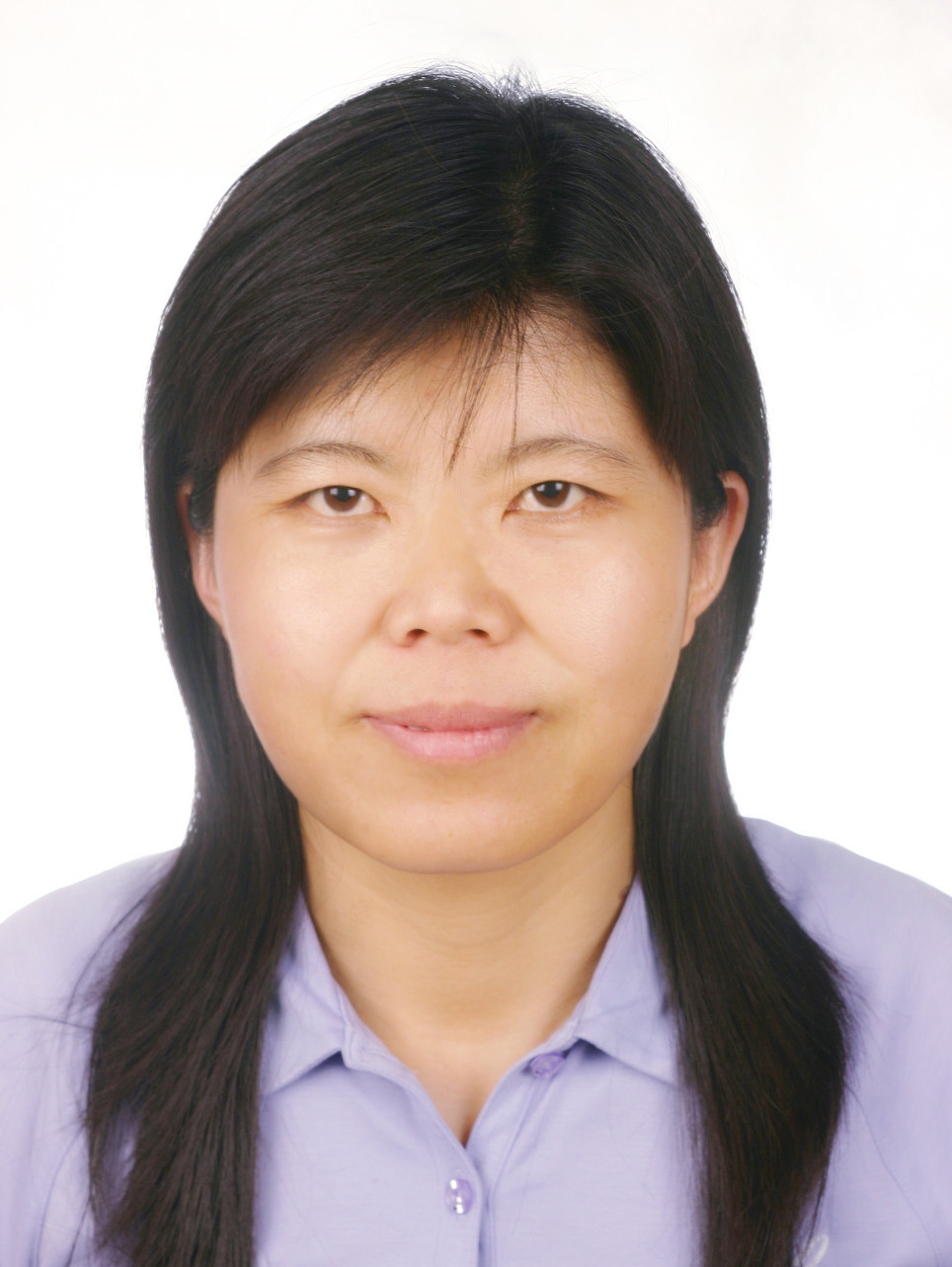
- 杨翠红
- 中科院数学与系统科学研究院研究员
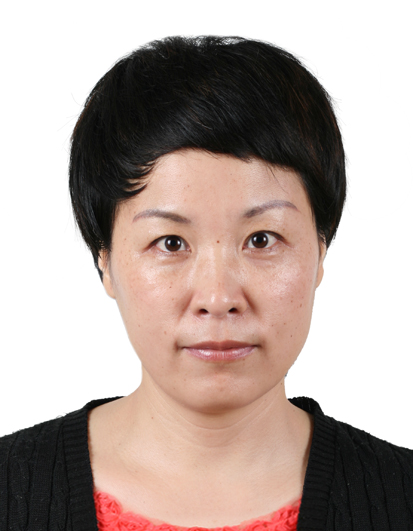
- 刘秀丽
- 中科院数学与系统科学研究院研究员

- 郭菊娥
- 西安交通大学教授
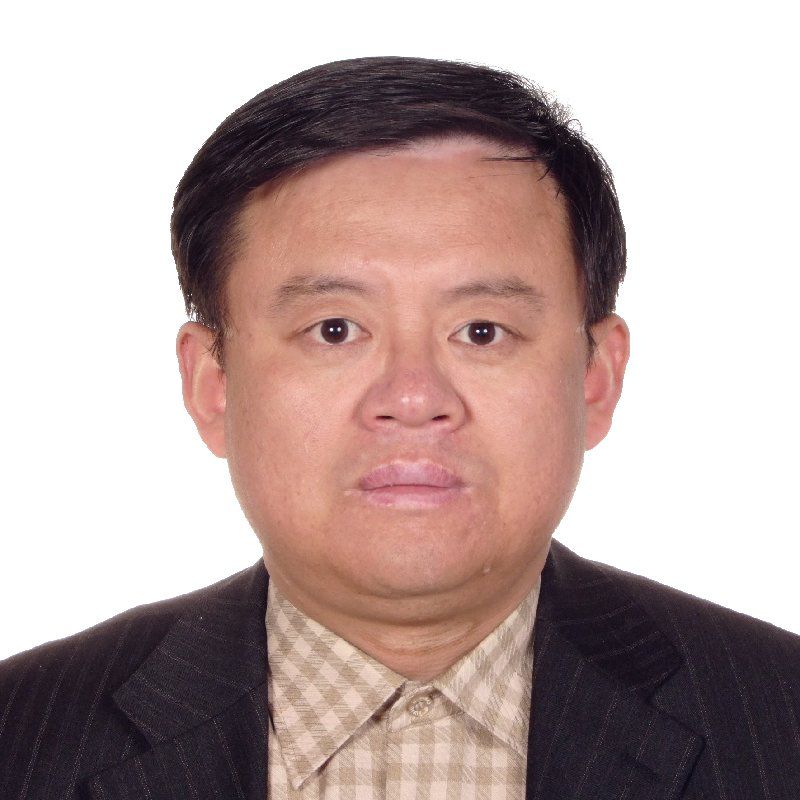
- 范金
- 南京林业大学教授
我的相册

.png)
.png)
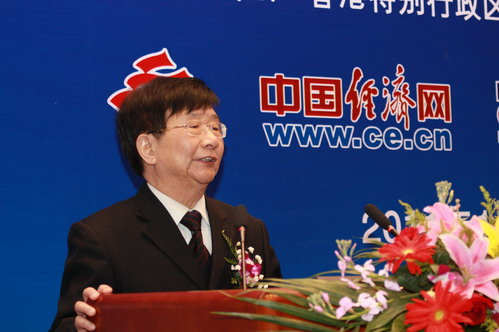
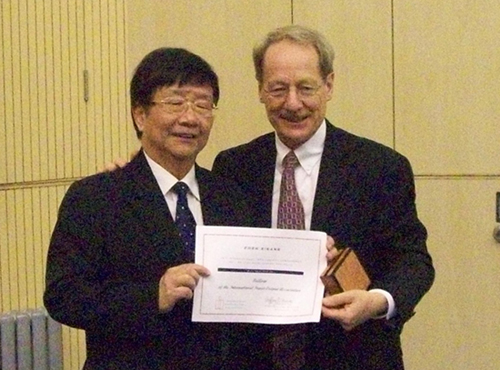

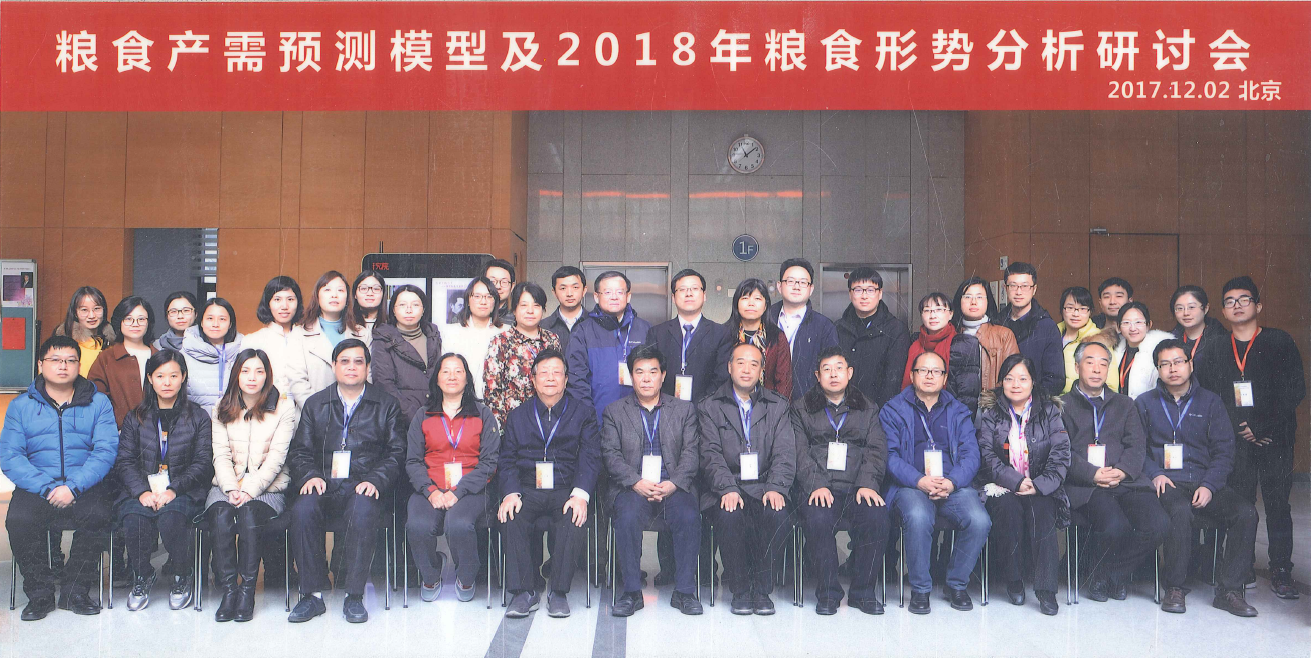

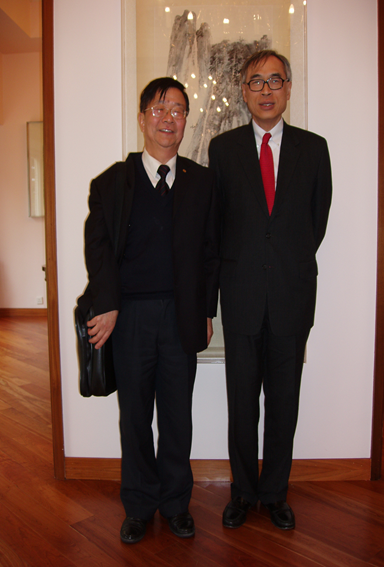
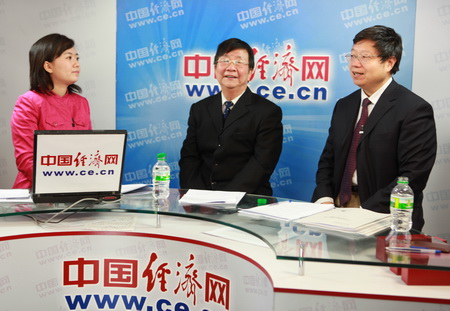

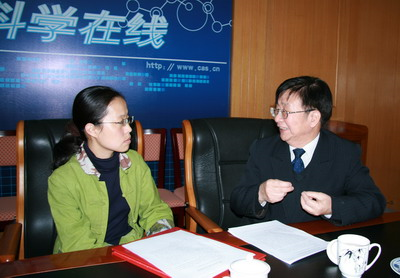
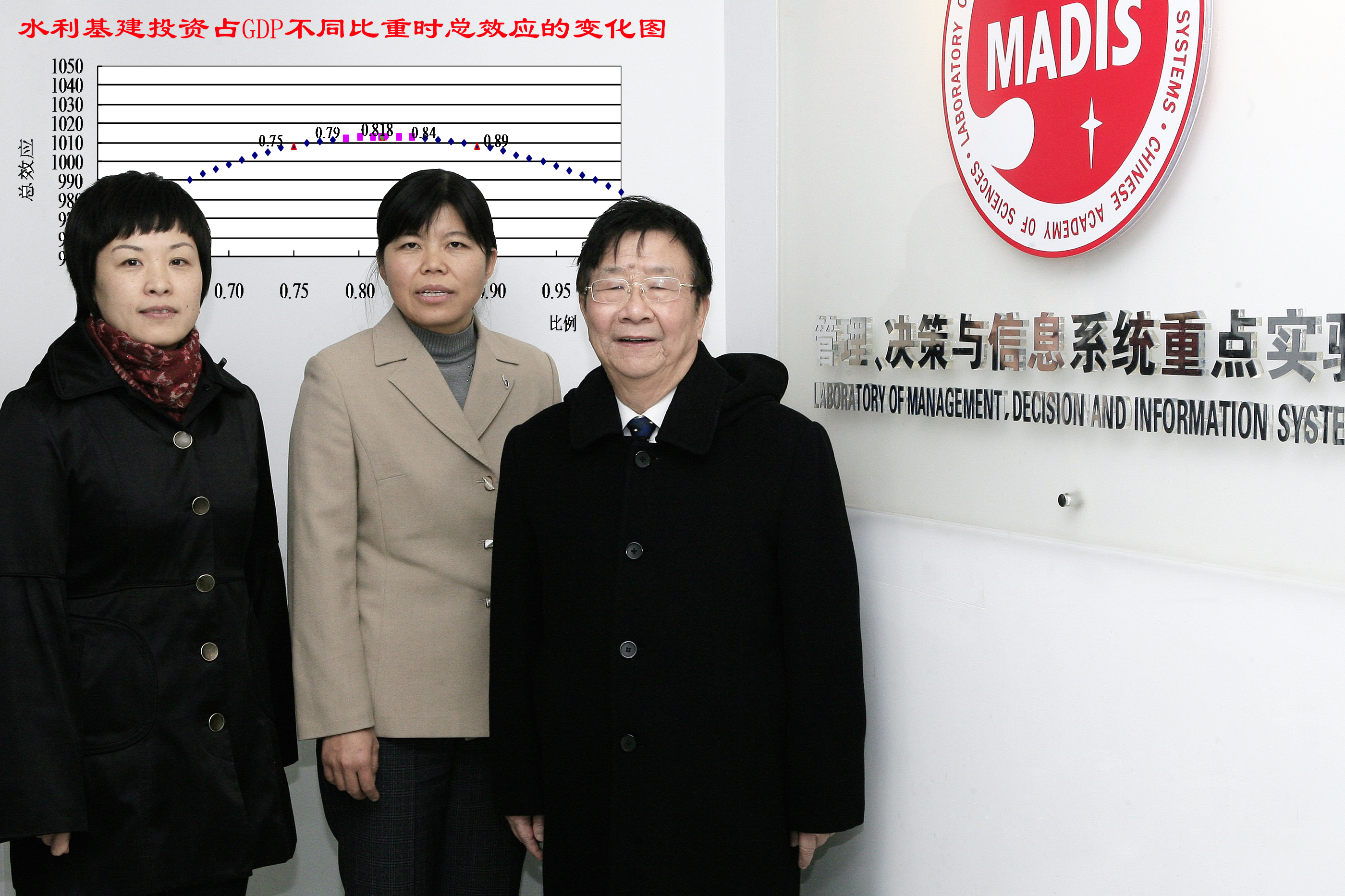
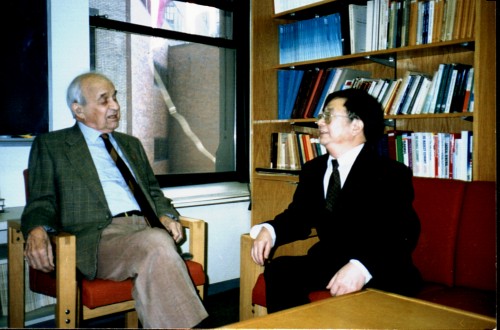
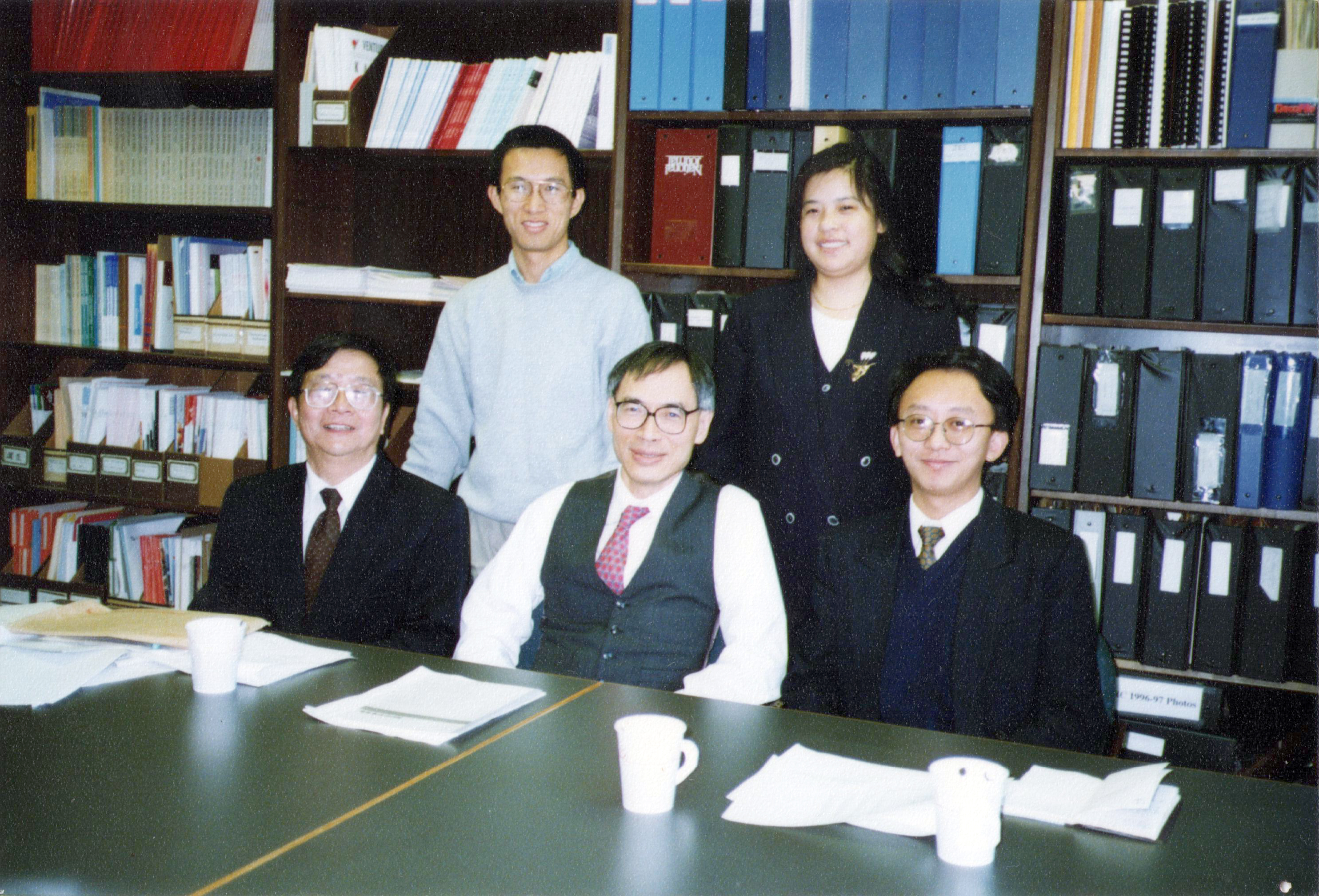
我的团队
联系方式
北京市海淀区中关村东路55号中国科学院数学与系统科学研究院南楼410
010-82541797
xkchen@iss.ac.cn
.jpg)

